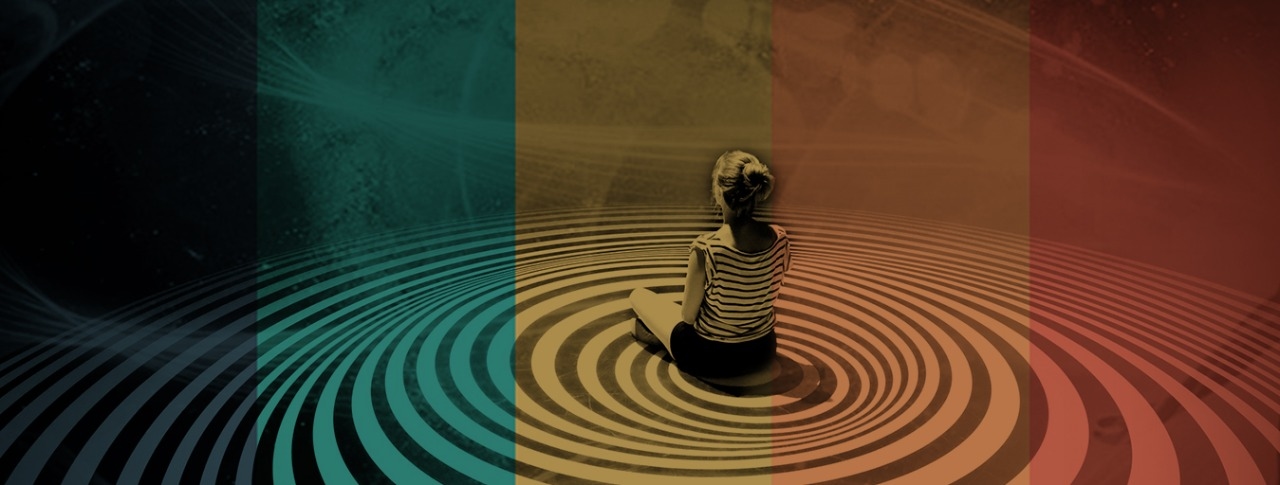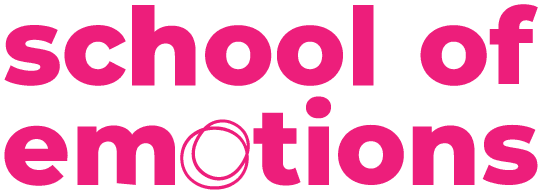Applying Spiral Dynamics in the practice of Coaching
Author: Team xMonks | Published on: Fri, 25 Jun 2021 11:08:45 +0000

Beginning with some models, we dived deeper into the concept of Spiral Dynamics. We begin with the model of ‘The Hero’s Journey’ which is very common in creating movies and storytelling. It helps us establish the relationship between the external and internal world. It talks about the mentors who we need along the journey. It helps us understand the gaps that come in the way of different stages of human and personality development.
Maslow's hierarchy of needs, which is compared to Claire Graves’s work of Spiral Dynamics. Maslow’s work relies on different needs during human development. On the other hand, Spiral Dynamics is all about a human’s evolutionary development. It is multi-dimensional. It can be used to understand one another and how they change over time with its dynamics. It can be used for organizations and cultures. It was recently also used in understanding COVID-19. Some other scenarios where Spiral Dynamics can be used are:
- Change Management
- Communication
- Marketing
Katherine’s version of Spiral Dynamics for Coaching
This provides a base to the journeys of people who are trying to seek connection to our authentic and holistic selves. This model helps us illustrate our progress on what is keeping us stuck and holding us back, through the lens of our own self-awareness and helps us journey towards our higher consciousness. It shows our relationship to our thinking and emotional intelligence.
- It requires us to take responsibility and action.
- It requires us to take action about our progress.
It is a model of our level of thinking through our relationship with our emotional intelligence.
What is it?
It is a working model that can be used that is not based on evolutionary stages of life. It incorporates the fact that we are children, teenagers, and adults and we progress through that. It considers epigenetics and our experiences. It is not based on luck or opportunity. It's all about how we view the world and our lens. Its frame is love, compassion, and gratitude. It believes everything is possible. It considers all aspects of health and well-being, mental performance, cognitive behavior, spirituality, creativity. It incorporates our financial freedom. It looks at our values because they are based on our emotional intelligence. It shows our relationship to Self and others. It looks at how we handle conflict and incorporates our shadows, fears, and our conditioning.
This session dispels the following:
- Why are people different?
- Why do some people change and others don’t?
- How do people respond to the world around them in a given situation with the resources available to them?
Stages of Self-awareness to reach your holistic self.
If we are not abiding by our values and focus, we experience cognitive dissonance which may hinder our progress across the different stages of development. This also creates blind spots. When we walk through these stages, we may experience emotional instability. So, we need to know which level we are to be able to navigate to the other levels.
Each stage comes with its own characteristics. This resonates with the person’s character at that specific stage.




.png)